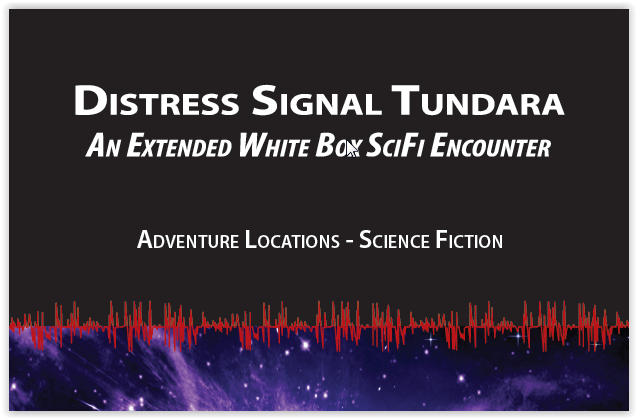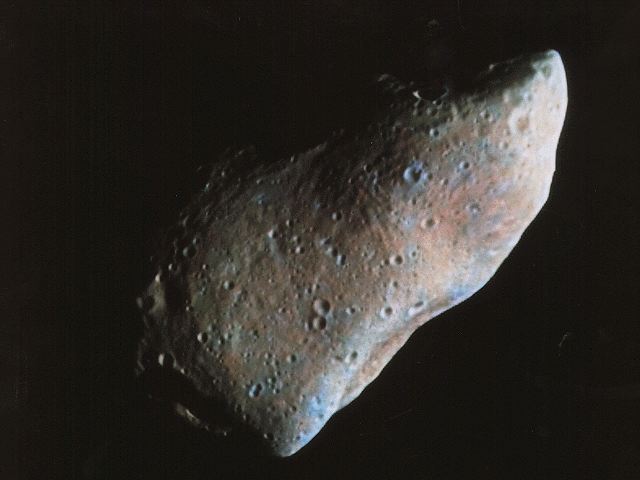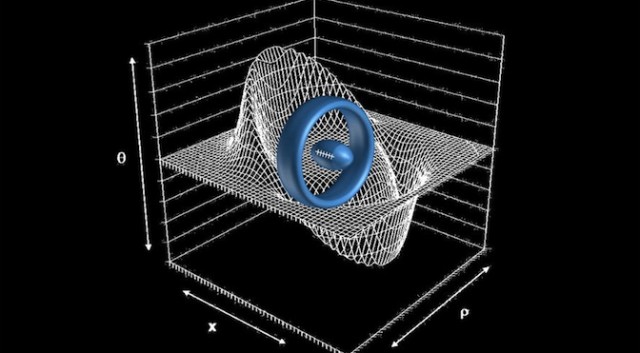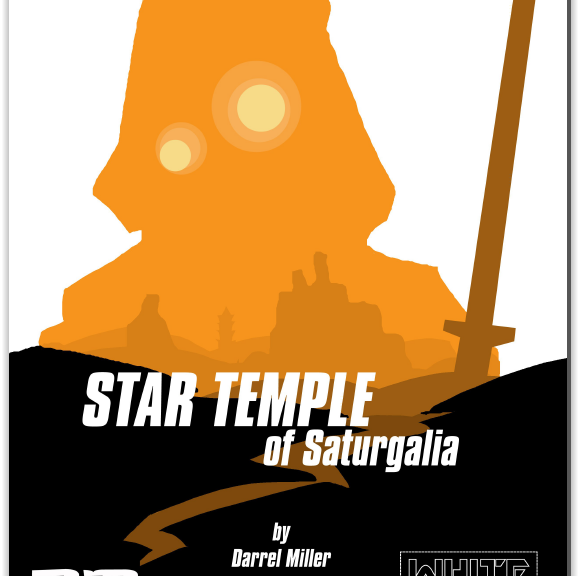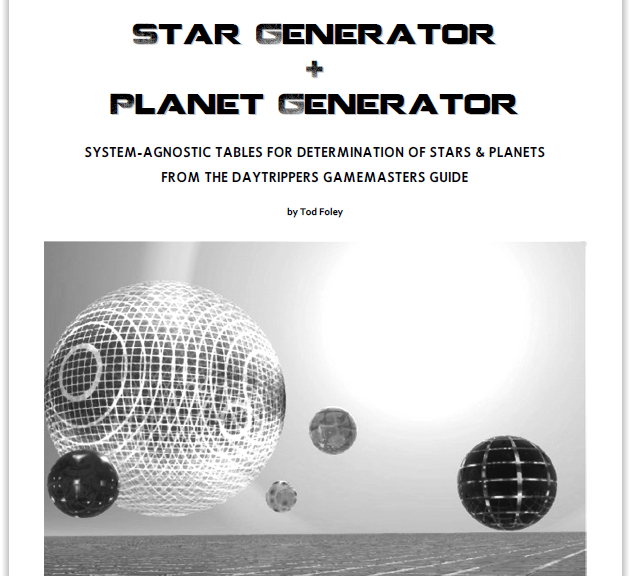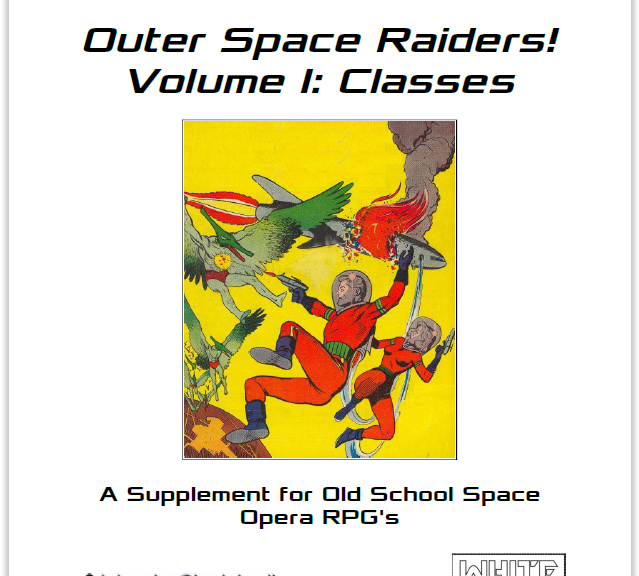Travel among the stars has many varieties of technology.
Page 59 of the White Star rules tell us: “The details of how a starship moves from planet to planet should be decided by
the Referee.”
Below are some thoughts on space travel and various aspects of it. I am not proposing any rules or tables, just spit balling some ideas for future reference.
Can any of them be used when in orbit of a planet or star, or near another ship? How far from X must you be to use this type of drive? The White Star rules say you have to be out of combat, Rule 0 says, “Not in my game.”
- Old & Slow (or just slow) – Less than light speed. Only generation ships, hibernation ships, or ships that are adrift in space, such as damaged ships or life pods, will be found between systems. Most such slow ships will never leave their home system.
- Light Speed – Still years between systems. Trips would still tend to be one way, or use some sort of hibernation.
- Faster than Light Speed (FTL) – Still in regular space using some technology to push or pull the ship or generate a warp field for it to ride. This would allow months to weeks to even days or hours between systems.
- Jump Technology – Engines or Jump Gates that allow ships or other things to skip over vast distances. May use some controllable form of wormhole or other way of slipping between the seams of reality. Hyperspace is most often used to refer to the space outside of space/reality. Could be instantaneous, or still require some about of time in “null space”. Is it an instantaneous trip, or does it take a certain amount of time, like 1 round per light year, or some such?
Each of these types of transit will rely on different technology.
Things to keep in mind: All of these devices require a certain level of technology. Some of the most “primitive”, such as chemical rockets, are very complex and prone to failure. Whereas, various nuclear powered devices would have few working parts and less complexity that results in far fewer catastrophic failures. More advanced and mature technology would be closer to airline or automobile safety and reliability, provided proper and adequate maintenance were performed over time.
- Chemical and fission tend to be the extremes of slow. Other methods of slow travel within a system would rely on things such as rail guns and/or the complex math of celestial mechanics for gravity assists to speed up and slow down to minimize fuel use. The crudest form of fission drive would involve a series of “warhead” exploding behind a ship with an immense radiation shield. This leaves a trail of highly volatile radiation that is very easy to track. Such methods would have to be far enough away from planets and other ships and habitations to avoid causing problems due to the IMP.
- Solar Sails – Possible to attain very high speeds given large enough sail and enough time. Still sub light speed.
- Ion Drive – Electric drive. Potential for high speed, still sub light speed.
- Fusion – Might be enough to get something up to light speed. As with fission drive, the crudest form of such drive would involve a series of explosions of “warheads”.
- Anti-Matter – Definitely light speed and perhaps more.
- Dark Matter/Dark Energy – Would this allow jumps between the stars? (I have not read any current SF that delves into this.)
Distance
Would travel still be limited to a single galaxy, or is there something fast enough, or a shortcut available to make the long journey to another galaxy?
Encounters/Events
Realistically, in the vastness of space there is little difference to the type of encounter, whether within or between systems, as there is a lot of space between any two points. The relatively less huge distances within a system would be more conducive to rescue or a landing on a habitable planet than an incident between systems.
Intra System – In System Encounters
The Kuiper Belt begins at about 50 AU from the sun, out to about 200 AU. The gravity of the sun affects objects at a distance to about 1.87 light years, about half the distance to Alpha Centauri, the nearest star. [1] It is a bit under 30 AU between Earth and Neptune. [2]
- Nothing would be most likely.
- Asteroids, comets, or other space rocks
- Other ships – merchant/bureaucrat/derelict/probe/pirates/renegades/aliens/enemy warship
- Distress Signal
- Collision – This would be very rare. Only likely if trying to dock with a ship in distress or attacked by another ship.
- How likely/easy is it to track and follow another ship using this method of space travel? For example, in some universes, there can be no fighting in hyperspace.
- Events –
- System goes out – Weapons/life support/navigation/drive/communications/scanners/tractor beam/etc.
- How well it is designed and manufactured and maintained and any extraordinary wear and tear or battle damage will affect the likelihood of this.
- Illness – Individual, small group, large group, or most of ship – Dues to: Disease/Radiation Sickness/Poisoning
- Fight/Rivalry/Feud – Between crew members, between crew and passengers, between passengers, etc. Families, clans, races, gangs, etc. that don’t get along.
- Murder/Assassination – could relate to illness or a fight.
- Plot – could relate to the above.
Inter System – Between Systems Encounters
- Nothing but the vastness of space would be most likely.
- Other ships – merchant/derelict/probe/pirates/renegades/aliens/enemy warship
- Events – System goes out – Weapons/life support/navigation/drive/etc. Basically the same events that can happen to ships travelling within a system.
- Rogue planets & planetoids – Perhaps there is an asteroid like field between stars that is the remnants of a system or two from stars that went nova and have since burned out.
- Brown Dwarfs – i.e. ancient stars that are nearly burnt out.
Communication
How to talk when Light Speed and FTL ships can outrun radio waves? Subspace or Superspace communications? Would communication be faster than ships? That is, could the players rob a bank in one system, and get to another system before word reached that system? Is communication only faster than in system travel? This would make it likely that a patrol on the outskirts of the system might be able to get word and intercept or chase the party. This does not necessarily require a complex table or mechanic for resolution. A simple statement about the speed of communication vs. the speed of travel within and between systems will let players make informed decisions of their actions.
Any large empire would need a reliable means of transport, even if slow, and loyal and dedicated people to administer far flung systems. The British Empire of the 1700’s required a few weeks to cross the Atlantic and a few months to get to India, yet it held together. The quicker communications and travel became, the better the control and taxation became.
Scanners
Neutrino Scanners would be the most sophisticated. Neutrinos pass through “everything”, so with a neutrino detector, one could see all the things it has passed through. Would this allow tracking an FTL ship?
How scan ahead of your ship if it is travelling FTL?
Can planet based scanners track FTL ships like an airplane with radar, or is it only “radio” communications.
What is long range vs. short range scanners, and what information/level of detail is available to each?
Orbit
When going into orbit around a primitive planet, does a ship drop communication buoys in geosynchronous orbit to avoid blind spots?
Without a means to see the other side of a planet, entire armadas could hide from a single ship. Unless there is a neutrino scanner that “sees” through the planet.
Gravity – One need not become a master at celestial mechanics, that is beyond overkill. Just keep in mind that everything with mass is attracted to everything else with mass, and that the “biggest”, more correctly, the most massive object “wins”. Loss of propulsion will mean that something is attracting a ship. If between systems, it would have to be beyond 2 light years for a yellow star to not win. Trapped in an orbit of thousands of years would be an eerie tomb…. Orbits that passed closed enough to planets would be altered. Some alterations might lead to entering the orbit of a planet, or crashing into a planet, or being shot into a new orbit that ends in the sun.
Can escape pods within a system reach a high enough speed to get close to a habitable planet? Think about their range and limitations.
Ship to Shore Transport
- Shuttles – Both Passenger and Cargo, as well as mixed purpose.
- Ship can land on planet.
- Portion of ship can land on planet.
- Military ships will be able to use drop ships, or have men in mech like armor that can drop. Orbit is the high ground, but landing ships and troops would be at a disadvantage for part of their journey.
- Transporters – Range?
- Ship transporter bay to special planet based transporter bay.
- Ship transporter bay to anywhere in range.
- Ship – Anywhere on ship to anywhere in range.
- Portal like a jump portal?
Ground to Orbit Transport
Is there a shuttle that takes passengers, crew, and cargo to a space station for subsequent loading/transfer to a ship?
If players don’t have a ship that can land and return to orbit, how is it handled?
Railguns for launching cargo to orbit?
Space elevators?
The above topics are a lot to consider. The bare bones of it is just having an idea of the relative speed of ships vs. communication, and methods to get to and from a planet and its orbit.
In most instances, a lot of this can be hand waved, unless something in the situation that has arisen through GM plan, actions of the players, or the roll of the dice. For example, what if the players start with a ship and somehow it is impounded, disabled, or destroyed and they need to get into orbit, or down to the planet quickly?



